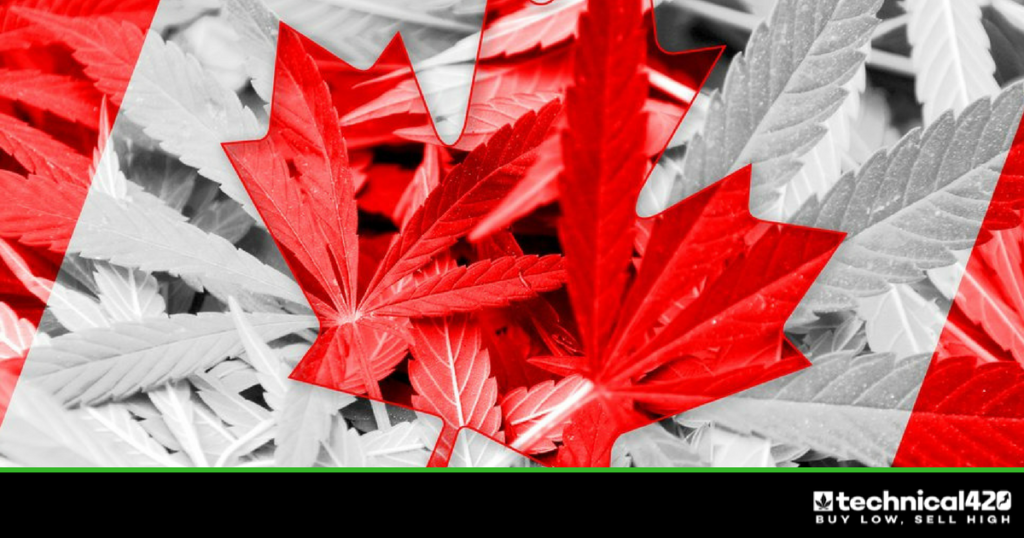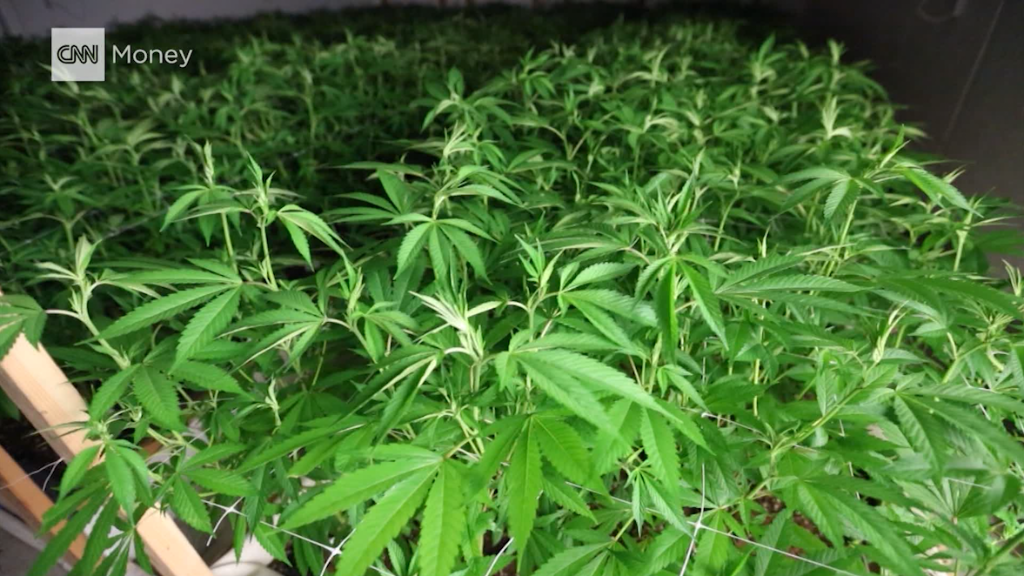Employees increasingly are testing positive for marijuana, cocaine and methamphetamines at work, driving the rates of positive drug tests in the United States to the highest level in 12 years.
Quest Diagnostics, a leading lab services company based in Madison, N.J., on Tuesday released its annual analysis of more than 10 million workforce drug test results nationwide.
It showed that 4.2 percent of drug tests came back positive last year, up from 4 percent the year before and the highest rate since 2004, when it was 4.5 percent.
Pennsylvania’s positive drug test rate was slightly lower than the national average, at 4.1 percent.
The rate of positive drug tests in the nation’s workforce remains far lower than the nearly 14 percent positive rate the United States faced when Quest started the annual report in 1988.
But after declining for more than two decades, the rate of positive results has been climbing since 2012.
“It’s pretty alarming,” said Dr. David Fletcher, a medical review officer and founder of SafeWorks Illinois in Champaign, which analyzes drug tests for employers and was not involved in the analysis. Quest’s statistics reflect what he sees in his practice, he said.
Driving the increase are positive tests for marijuana, which hit 2 percent last year after growing steadily from about 1.6 percent in 2012. For workers federally mandated to be tested because they hold safety-sensitive positions, such as pilots and bus and truck drivers, positive marijuana tests grew to 0.78 from 0.73 percent.
Fletcher believes people have become more casual about marijuana use as more states have legalized it for medical or recreational purposes. That includes some employers who he says aren’t following their own drug policies as they become more tolerant of workers’ drug usage.
“We still see some employers who say, ‘We wouldn’t have any workers if we tested for marijuana,'” Fletcher said.
Colorado and Washington, the first states to legalize recreational marijuana, have seen particularly large increases in positive test results and now exceed the national average, but they still lag far behind Oregon, which has the highest rate of positive marijuana tests at 3.9 percent. It is followed by Vermont and Maine.
Positive cocaine tests also have increased, for the fourth consecutive year in the general workforce and the second year for safety-sensitive workers.
In the Lehigh Valley, cocaine positive tests were between 0.13 and 0.29 percent.
Texas, South Carolina and North Carolina had the highest rates of positive cocaine tests.
Positive amphetamine tests, which includes methamphetamines as well as prescription drugs such as Adderall, rose more than 8 percent in both the general U.S. and safety-sensitive workforces compared with 2015. Amphetamine use was higher than cocaine use but lower than marijuana use in the Lehigh Valley with 0.45 to 0.8 percent of tests coming back positive.
A heartening trend in the drug test data is a decline in prescription opiates, including hydrocodone and oxycodones, which Quest attributes to tightened controls. The percent of positive tests in the Lehigh Valley was between 0.14 and 0.26 percent, according to Quest’s data.
Tighter controls on prescription opioids might be driving some people to turn to heroin, Fletcher said. Positive workplace heroin tests increased for four years, then held steady last year among the general workforce and declined slightly among safety-sensitive workers. In the Valley, the percent of positive tests for heroin in 2016 was 0.25 to 0.65.
credit:mcall.com












